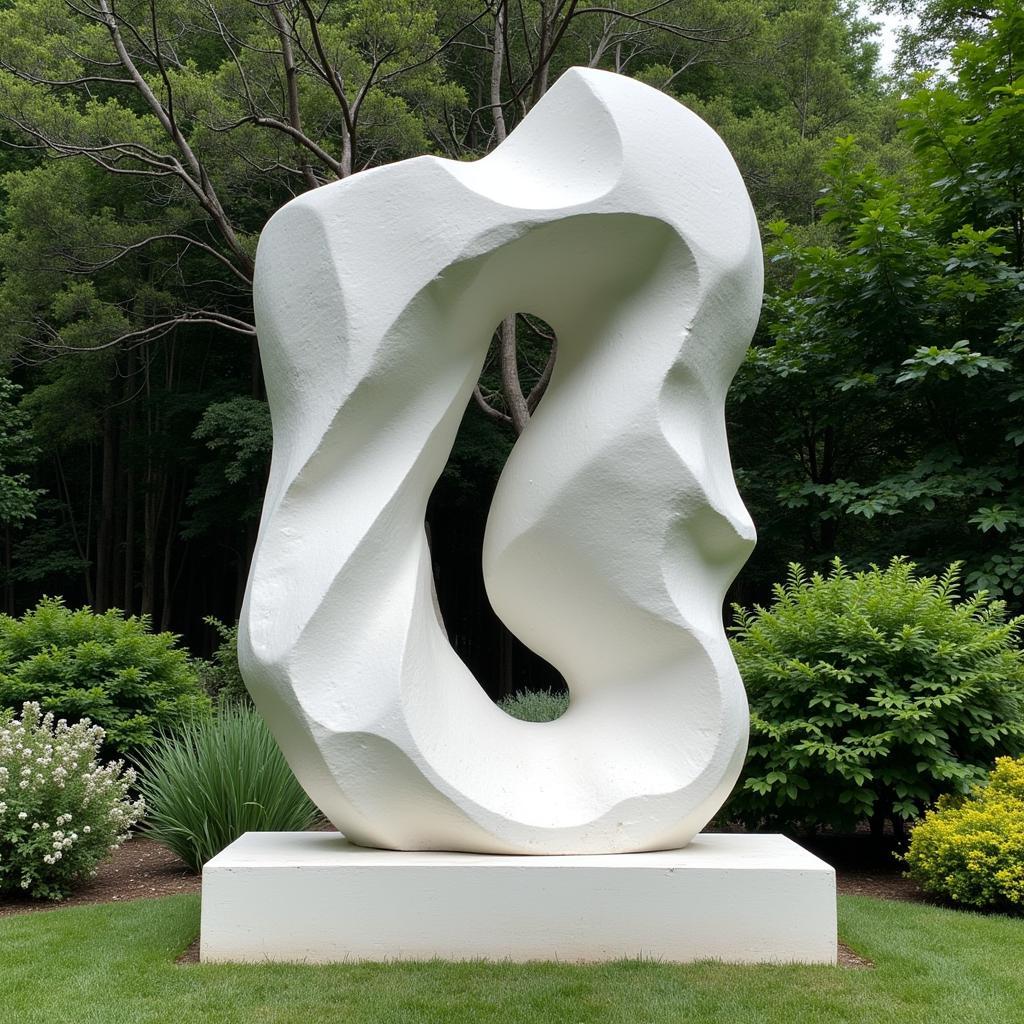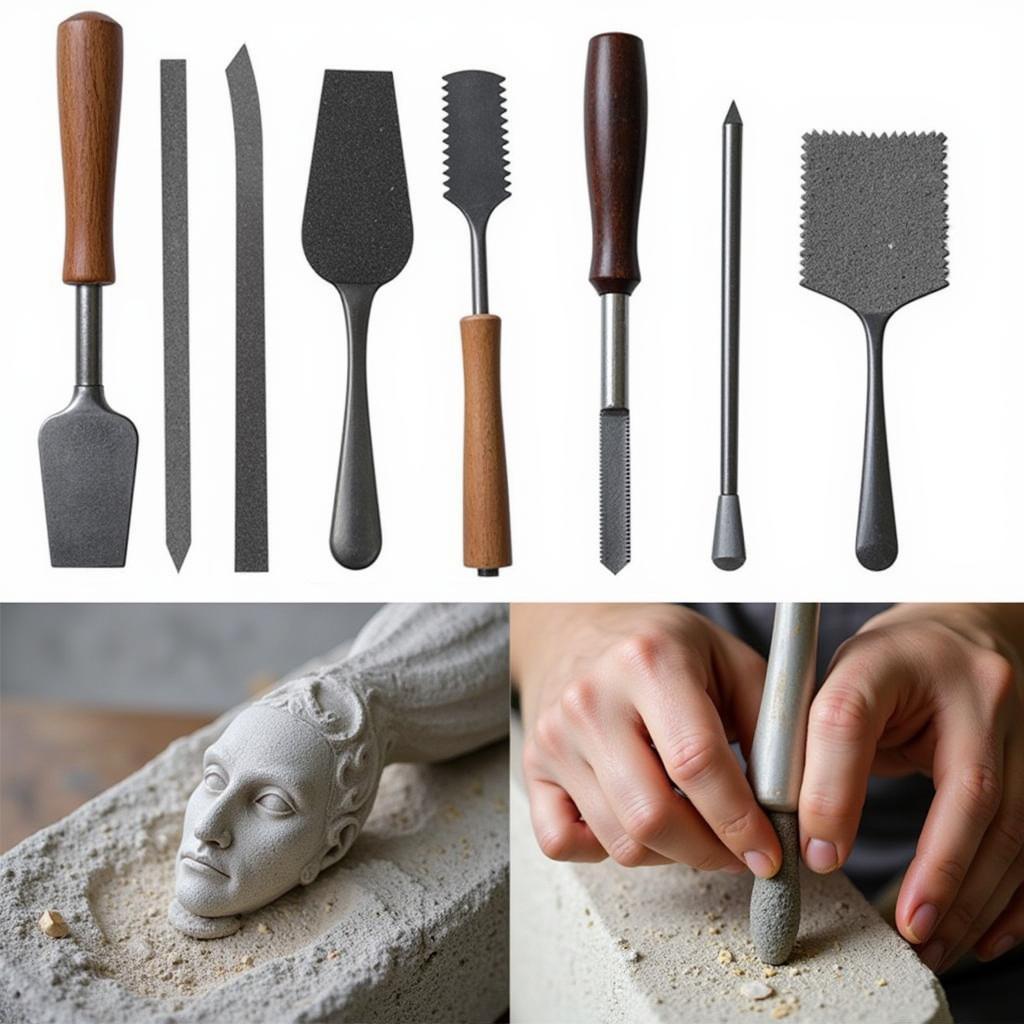Exploring the Art of Stone Sculpture
Stone sculpture, a timeless art form, transforms raw, natural materials into evocative expressions of human creativity. From ancient civilizations to contemporary artists, the allure of shaping stone has captivated imaginations and left a lasting legacy on cultural landscapes. This article delves into the world of Art Stone Sculpture, exploring its history, techniques, and the enduring appeal of this captivating medium. See some of the amazing hand blown art glass pieces available.
A Journey Through Time: The History of Stone Sculpture
Stone sculpture’s origins trace back to prehistoric times, with early examples serving both functional and ritualistic purposes. Think of the Venus of Willendorf, a small, limestone figurine representing fertility, or the imposing megalithic structures of Stonehenge, which speak to a deep connection with the natural world. As civilizations developed, so did the sophistication of stone carving. Ancient Egypt’s monumental statues of pharaohs and deities, carved from granite and diorite, showcase incredible technical skill and artistic vision. The classical Greek and Roman periods witnessed a flourishing of figurative sculpture, with marble becoming the favored material for capturing idealized human forms.
The use of stone in art continued to evolve through the ages. Medieval cathedrals featured intricate stone carvings adorning facades and interiors, while the Renaissance saw a revival of classical sculptural traditions. Modern and contemporary artists have pushed the boundaries of stone sculpture, experimenting with abstract forms, new materials, and innovative techniques.
Unveiling the Techniques: How Stone Sculptures are Created
Creating a stone sculpture involves a complex process that demands both artistic vision and technical mastery. The first step involves selecting the appropriate stone, considering its hardness, color, and texture. Common choices include marble, granite, limestone, and sandstone, each offering unique properties and challenges. After the stone is selected, the sculptor begins the shaping process, removing excess material using tools like chisels, hammers, and rasps. This stage requires precision and patience, as a single misplaced strike can irrevocably alter the form.
As the sculpture takes shape, finer tools are employed to refine the details and create the desired surface texture. The final stages may involve polishing, sanding, or applying a protective sealant to enhance the stone’s natural beauty and preserve the artwork for generations to come. Contemporary sculptors often incorporate power tools like pneumatic chisels and grinders to expedite the process, allowing for greater exploration of complex forms.
 Modern Abstract Stone Sculpture in an Outdoor Setting
Modern Abstract Stone Sculpture in an Outdoor Setting
The Enduring Allure of Art Stone Sculpture: Why It Continues to Captivate
What is it about art stone sculpture that continues to fascinate and inspire? Perhaps it is the inherent permanence of the medium, the sense of timelessness that stone embodies. Or maybe it is the transformative process, the ability to shape a seemingly unyielding material into something beautiful and expressive. Stone sculptures possess a unique presence, a tangible weight that connects us to the earth and to the history of human creativity. They can evoke a range of emotions, from awe and reverence to contemplation and introspection.
From the monumental to the miniature, stone sculpture offers a diverse range of artistic possibilities. Whether it’s a public monument commemorating a historical event or a small, intimate carving meant for private contemplation, art stone sculpture continues to speak to us across time and cultures.
Check out some interesting pieces at the 4th street art fair bloomington.
What are the common types of stone used in sculpture?
Common types of stone used in sculpture include marble, granite, limestone, and sandstone.
What tools are used for stone carving?
Traditional tools include chisels, hammers, and rasps, while modern sculptors also use power tools like pneumatic chisels and grinders.
How long does it take to create a stone sculpture?
The time required varies depending on the size, complexity, and the artist’s experience, ranging from weeks to years.
How do I care for a stone sculpture?
Regular dusting and occasional cleaning with a mild detergent are usually sufficient. Avoid abrasive cleaners and harsh chemicals.
What is the history of stone carving?
Stone carving dates back to prehistoric times, evolving alongside civilizations, with notable examples from ancient Egypt, Greece, and Rome. More recent examples include acrylic art sculptures.
Where can I learn more about stone sculpture?
Museums, art galleries, and online resources offer valuable information about the history, techniques, and artists involved in stone sculpture. You may find the francis park art fair 2023 offers some good examples too.
 Stone Carving Tools and Techniques for Sculpting
Stone Carving Tools and Techniques for Sculpting
In conclusion, art stone sculpture represents a powerful intersection of art and nature. From ancient traditions to modern innovations, this enduring art form continues to inspire and captivate, offering a tangible connection to the past and a testament to the enduring power of human creativity. Considering the arctic animals art theme can also offer inspiration for your next project.
When you need assistance, please contact us at Phone Number: 02462573573, Email: danteum@gmail.com or visit our address: Savico Megamall, 7-9 Đ. Nguyễn Văn Linh, Gia Thụy, Long Biên, Hà Nội 10000, Việt Nam. We have a 24/7 customer service team.




